
Table of Contents:
1. Introduction
2. What Are the Best Cold-Hardy Plants (Perennials, Shrubs, Trees) That Will Survive Winnipeg's Harsh Climate?
3. When Is the Safe Date to Plant Vegetables and Other Frost-Sensitive Plants Outdoors in my Winnipeg Garden?
4. How Can I Improve My Heavy Clay Soil for Better Drainage and Plant Growth?
5. What Are Some Low-Maintenance, Drought-Tolerant Plant Options Suitable for Winnipeg's Summer Conditions?
6. How Can I Attract More Pollinators (Bees, Butterflies) to My Garden in Winnipeg?
7. What Are the Best Strategies for Dealing with Common Garden Pests and Diseases in Winnipeg Without Using Harsh Chemicals?
8. How Can I Extend the Gardening Season in Winnipeg?
9. What Are Some Good Vegetable Varieties That Are Well-Suited to Winnipeg's Climate and Short Growing Season?
10. What Are the City of Winnipeg's Bylaws and Regulations Regarding Boulevard Landscaping and Maintenance?
11. What Are Some Creative Small-Space Gardening Ideas Winnipeg Homeowners Can Put to Use in Landscape Design with Limited Yard Space?
12. Conclusion
1. Introduction:
In the vibrant city of Winnipeg, where picturesque landscapes meet the challenges of our harsh Winnipeg-style climate, gardening has become a cherished hobby for many homeowners. As we enter 2025, it is evident that the interest in gardening continues to flourish, driven by a desire for self-sufficiency, environmental stewardship, and aesthetic enjoyment. The diverse demographic of Winnipeg homeowners, are increasingly seeking guidance on how to cultivate thriving gardens despite the unique challenges posed by our region’s climatic conditions.
As winter's chill gives way to the promise of spring, homeowners are often filled with questions about the best practices, plants, and strategies to make the most of their outdoor spaces. From the selection of cold-hardy perennials to understanding planting schedules that avoid late frosts, the demand for knowledge is high. Moreover, as urbanization increases and available space diminishes, many homeowners are looking for innovative solutions that work within their confines.
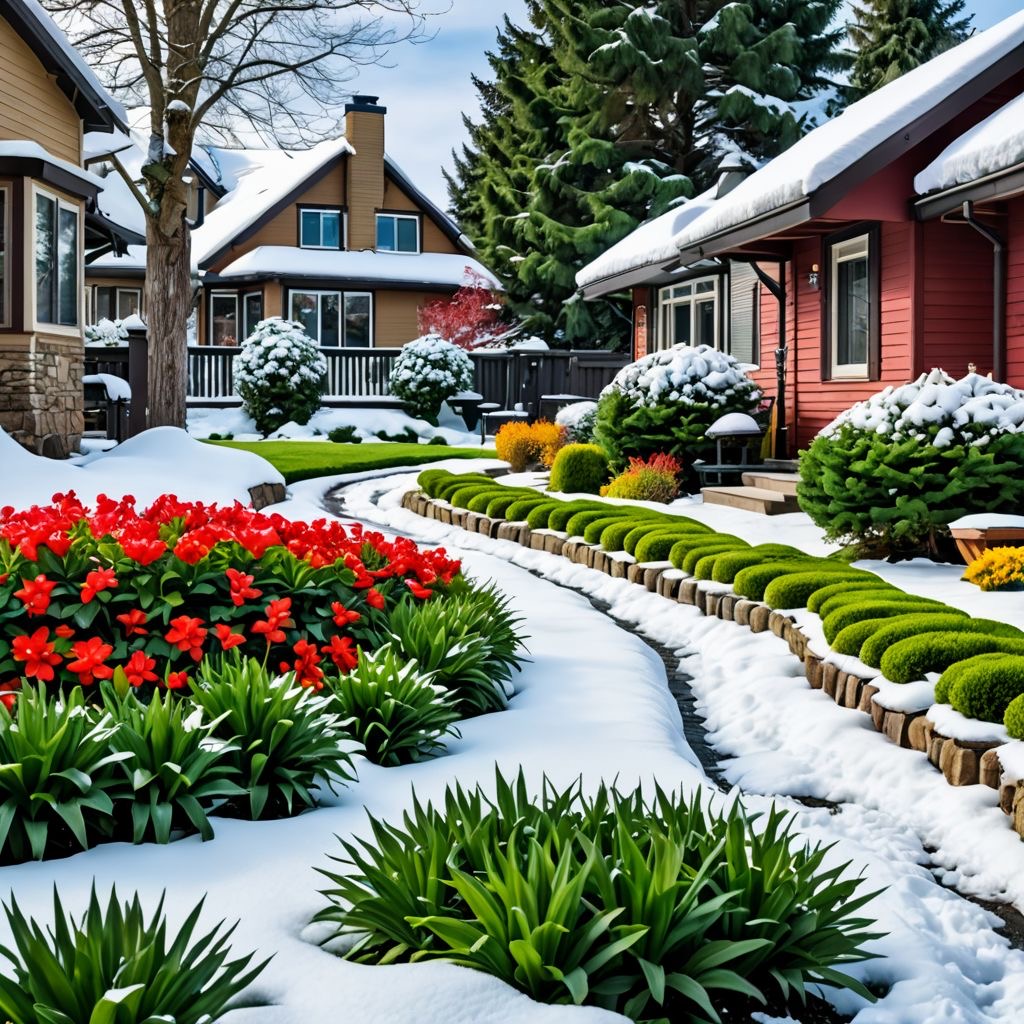
Gardening in Winnipeg requires a thoughtful approach to address factors such as soil quality, pest management, and creative planting techniques that can maximize limited space. There is a growing emphasis on sustainable gardening practices, emphasizing the importance of pollinator-friendly plants and environmentally conscious solutions to common garden ailments. Additionally, many homeowners seek to understand municipal regulations regarding boulevard maintenance and landscaping to remain compliant while beautifying their properties.
This comprehensive guide aims to address the top ten questions Winnipeg homeowners are asking about gardening in 2025, providing practical tips, ideas, and strategies that will empower them to create flourishing gardens. Whether you are a seasoned gardener or a novice just beginning to explore the joys of growing your own plants, this article seeks to inspire and equip you with valuable insights as you embark on your gardening journey this year.
Contact us today for your free estimate.
2. What Are the Best Cold-Hardy Plants (Perennials, Shrubs, Trees) That Will Survive Winnipeg's Climate?
Winnipeg's climate can be harsh, as a result, selecting hardy plants that can survive these conditions is essential for any successful garden. Here are some of the best options to consider for your garden:
Hardy Perennials
1. Coneflower (Echinacea): This plant is not only beautiful with its daisy-like flowers, but it is also resilient in cold climates, attracting pollinators throughout the summer.
2. Daylilies (Hemerocallis): Known for their vibrant flowers, daylilies are adaptable and come in many colors, requiring very little maintenance once established.
3. Sedum (Stonecrop): Sedums thrive in diverse conditions, including drought, making them an excellent choice for low-maintenance gardens.
4. Peonies: These perennial favorites are beloved for their large blooms and rich fragrance. They are exceptionally hardy and can thrive for decades.
5. Hostas: While they prefer shaded areas, hostas are tough plants that can add lush foliage to any garden, coming in various sizes and colors.
Hardy Shrubs
1. Serviceberry (Amelanchier): This shrub offers beautiful spring flowers, followed by edible berries in summer. It is tolerant of cold temperatures and provides excellent wildlife benefits.
2. Ninebark (Physocarpus opulifolius): Known for its attractive peeling bark and vibrant foliage, this hardy shrub is drought-resistant and thrives in a variety of soil conditions.
3. Hydrangea (Specimen varieties like ‘Annabelle’): Certain types of hydrangeas can thrive in Winnipeg. Look for the hardy varieties that bloom on new wood.
4. Barberry (Berberis): This shrub offers colorful foliage and can withstand the cold winters while providing a dense hedge that deters deer.
Hardy Trees
1. Bur Oak (Quercus macrocarpa): The Bur Oak is a native tree that exhibits incredible resilience to cold weather and drought, making it an ideal choice for homeowners looking for a long-lived tree.
2. Black Hills Spruce (Picea glauca var. densata): This evergreen tree is well-suited for Winnipeg’s climate, providing year-round greenery and acting as a windbreak.
3. Sugar Maple (Acer saccharum): Known for its beautiful fall foliage, the Sugar Maple is both stunning and resilient, thriving in various soil types.
4. Amur Maple (Acer ginnala): This small tree is popular for its vibrant autumn colors and adaptability to poor soil conditions.
By selecting these hardy plants appropriate for Zone 3, Winnipeg homeowners can ensure the resilience and beauty of their gardens, even during the harsh weather months.
3. When Is the Safe Date to Plant Vegetables and Other Frost-Sensitive Plants Outdoors in Winnipeg?
Timing is a crucial element in gardening, especially in Winnipeg, where the growing season can be relatively short. Understanding when it's safe to plant vegetables and frost-sensitive plants is essential for a successful harvest. The general rule of thumb is to wait until the danger of frost has passed.
Average Frost Dates
- Last Frost Date: In Winnipeg, the last frost typically occurs around mid to late May, but this can vary from year to year. The average is often cited around May 24, commonly known as Victoria Day. However, it’s advisable to monitor local weather forecasts as the date approaches.
Planting Schedule
1. Cool-Season Crops: These include vegetables like peas, spinach, and lettuce, which can withstand light frost. These can often be planted in early April, around 2-4 weeks before the last frost date.
2. Warm-Season Crops: Vegetables such as tomatoes, peppers, and beans should only be planted after the last frost date, generally after May 24. Starting them indoors approximately 6-8 weeks before the last frost date can give a head start.
3. Succession Planting: Staggering plantings of crops like radishes and green beans throughout the season can maximize your garden's output while also ensuring that you utilize your space effectively.
4. Frost Protection: If you're eager to plant early, consider using row covers or cloches to provide additional warmth and protection from late frosts. This can give your plants a better chance if there's an unexpected chill.
Knowing the right times to plant and taking steps to protect tender crops will empower Winnipeg gardeners to achieve bountiful harvests and enjoy their garden for a more extended period each year.
Contact us today for your free estimate.
4. How Can I Improve My Heavy Clay Soil for Better Drainage and Plant Growth?
Heavy clay soil can pose challenges for gardeners trying to establish healthy plants in their Winnipeg gardens. Clay retains moisture but can struggle with drainage, leading to root rot and poor plant health. Fortunately, several strategies are effective at improving soil structure and promoting better drainage.
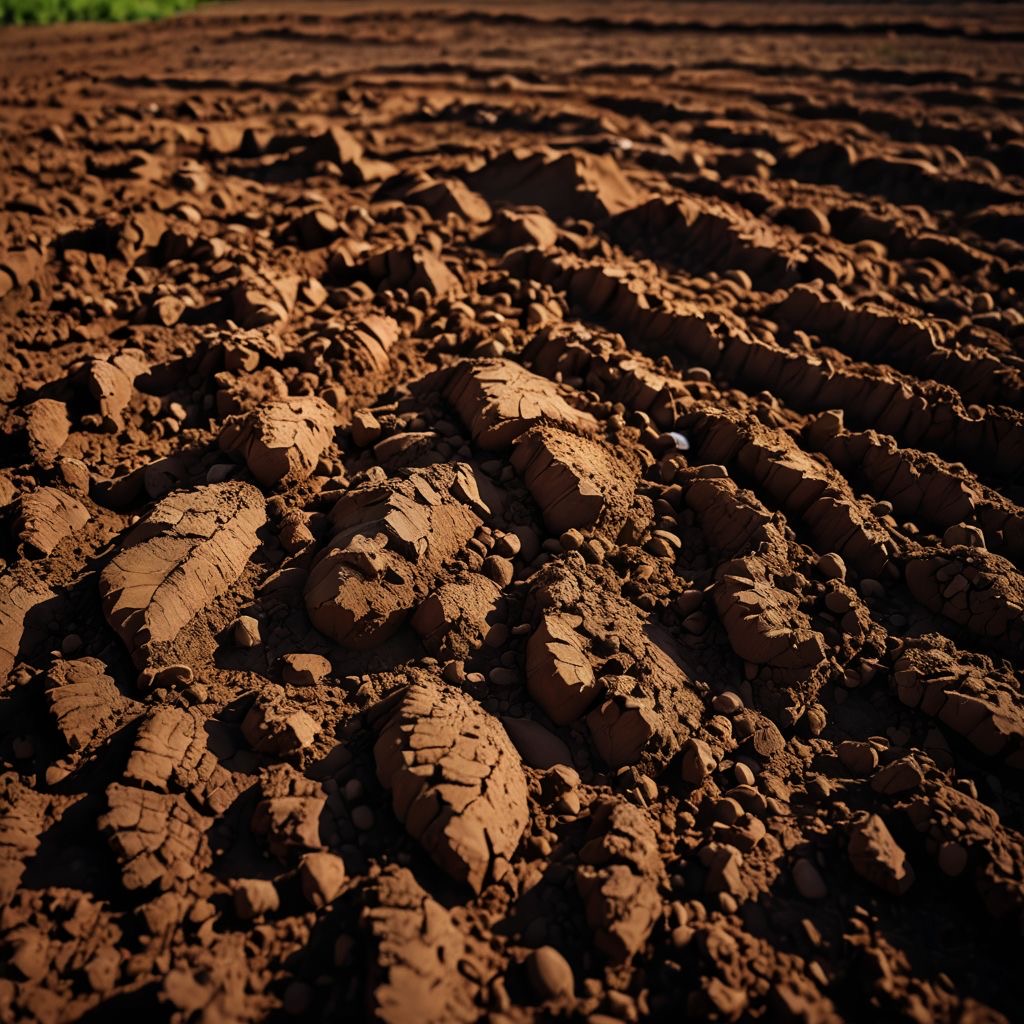
Soil Amendments
1. Organic Matter: Incorporating organic materials such as compost, well-rotted manure, or leaf mold can improve soil structure dramatically. Aim for a 2-4 inch layer tilled into the top 6-12 inches of soil.
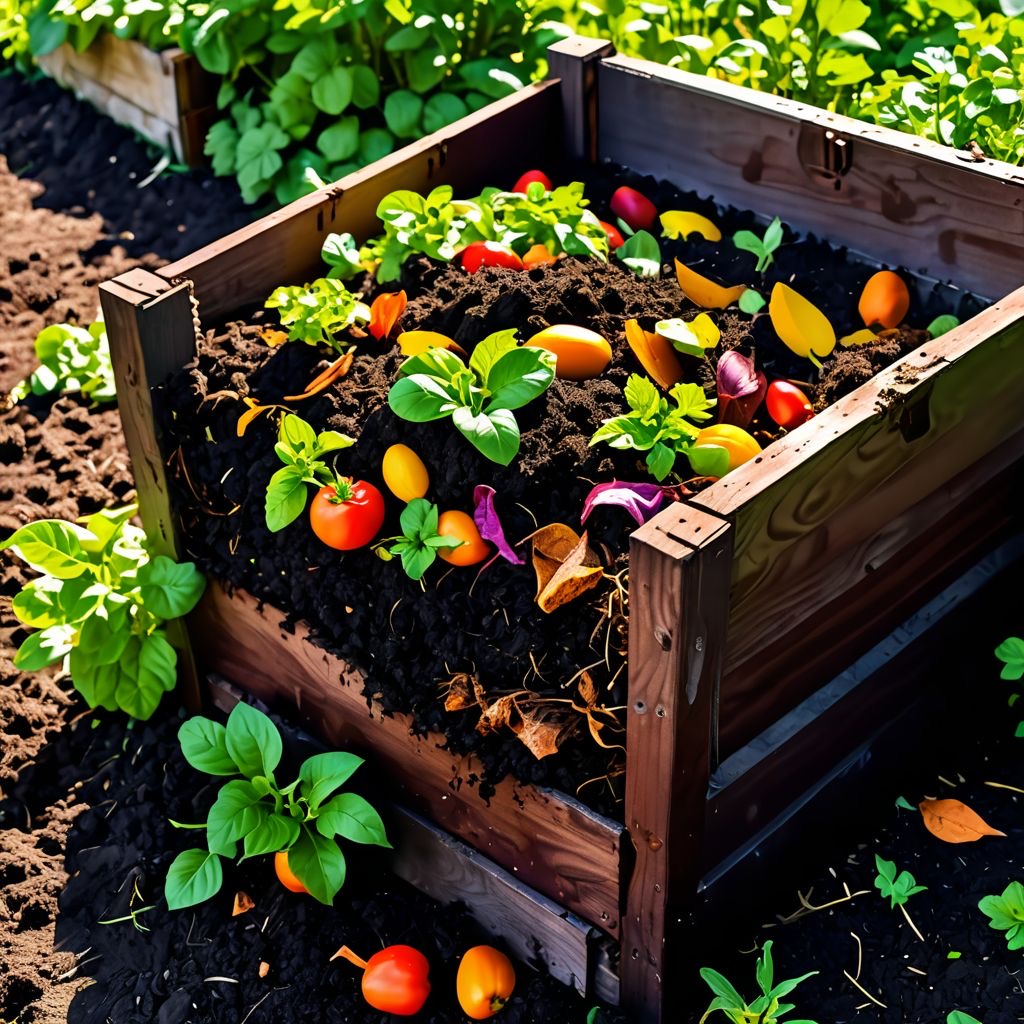
2. Gypsum: Applying gypsum can help break down compacted clay, improving aeration and permitting better water percolation. It also provides calcium, which is beneficial for plant health.
3. Mulching: Using a layer of mulch can help retain moisture and slowly enrich the soil over time as it breaks down. Organic mulches like wood chips or straw are excellent choices.
Contact us today for your free estimate.
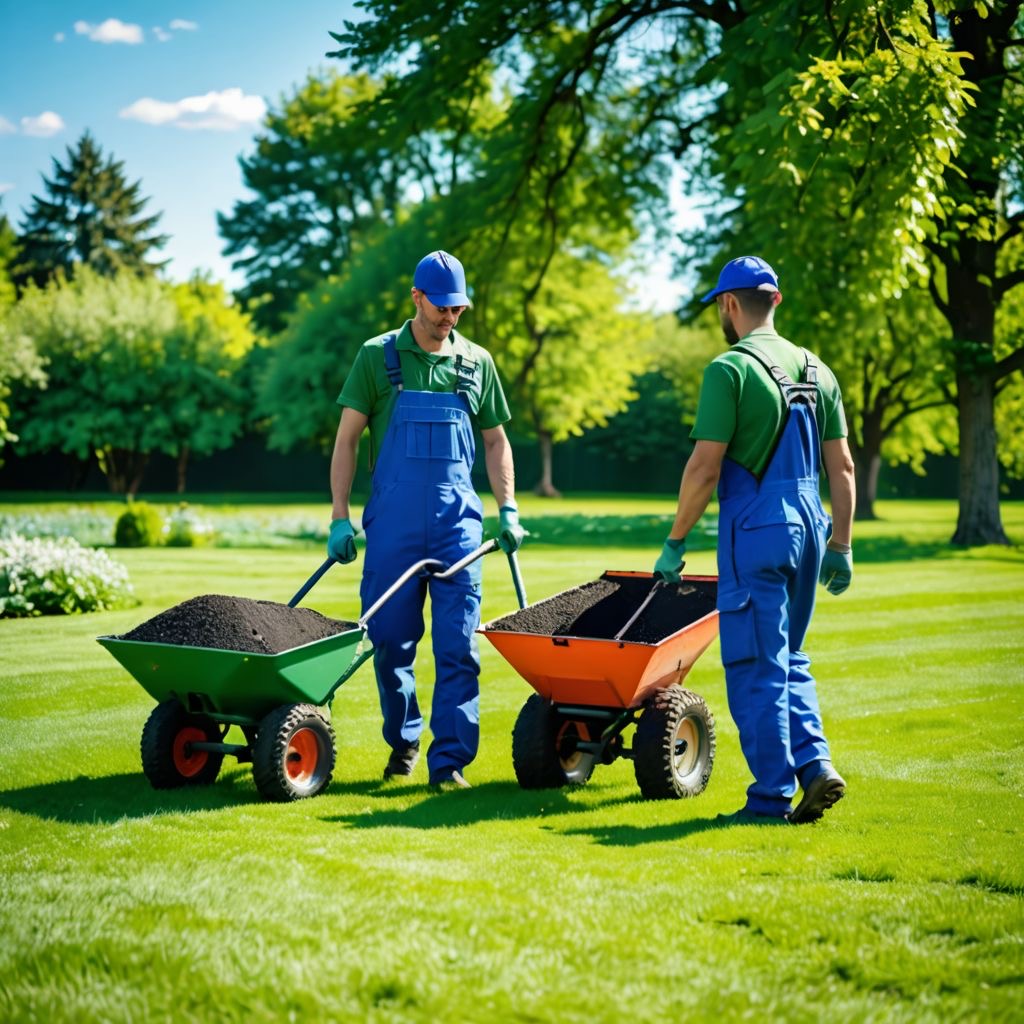
Gardening Techniques
1. Raised Beds: Establishing raised garden beds filled with a good-quality garden soil or a mixture of topsoil, peat moss, and compost can help circumvent the difficulties of clay. This method elevates plant roots above the challenging clay layer.
2. Cover Crops: Planting cover crops such as clover or vetch during the off-season can improve soil structure. These plants develop deep roots that help break up compacted soil.
3. Soil Testing: Perform a soil test to ascertain nutrient levels and pH. This information can dictate what amendments are necessary to optimize plant growth.
4. Aeration: Regularly aerating clay soils can also improve drainage. Consider using a garden fork or aerator to create holes and allow for better airflow and moisture movement.
By adopting these practices, Winnipeg gardeners can transform heavy clay soil into a more hospitable growing environment, allowing their plants to thrive and flourish.
5. What Are Some Low-Maintenance, Drought-Tolerant Plant Options Suitable for Winnipeg's Summer Conditions?
In response to the growing concern for sustainability, many Winnipeg homeowners are searching for low-maintenance, drought-tolerant plants that can withstand summer heat while requiring less water. Here are some excellent choices for creating a beautiful, water-conscious garden:
Drought-Tolerant Perennials
1. Black-eyed Susan (Rudbeckia hirta): This vibrant perennial thrives in sunny conditions and attracts beneficial pollinators, making it a colorful addition to any garden.
2. Catmint (Nepeta): Catmint is a resilient herbaceous perennial known for its striking blue flowers and scent. It's drought-resistant and blooms throughout the summer.
3. Sedum (Stonecrop): Hard-earned success in drought conditions makes sedums a fantastic choice for rock gardens or borders. They offer beautiful foliage and flowers while requiring minimal upkeep.
4. Yarrow (Achillea millefolium): This hardy perennial is known for its beautiful feathery foliage and clusters of flowers. It flourishes in poor soils and tolerates dry conditions beautifully.
Drought-Tolerant Shrubs
1. Russian Sage (Perovskia atriplicifolia): This shrub is celebrated for its airy appearance and silvery foliage. It thrives in heat and offers stunning purple blooms from mid-summer to fall.
2. Autumn Blaze Maple (Acer × freemanii): This tree is renowned for its brilliant autumn colors and adaptability to various soil types. It’s relatively drought-tolerant once established.
3. Wolfberry (Lycium): This hardy shrub is drought-resistant and can tolerate a variety of conditions, producing edible berries that are highly nutritious.
Tips for Establishing Drought-Tolerant Plants
1. Watering: When planting drought-resistant plants, it's vital to provide adequate watering during their establishment phase. Deep watering encourages deep root systems, making them more resilient to dry conditions later.
2.Mulching: Applying a layer of mulch allows soil to retain moisture and benefits plants by providing a stable growing environment.
3. Right-Sizing: Proper spacing allows air circulation, reducing weeds and competition for moisture, promoting healthier, more drought-resistant plants.
By incorporating these low-maintenance, drought-tolerant plants into their gardens, Winnipeg homeowners can create stunning landscapes while conserving water and reducing their gardening workload.
6. How Can I Attract More Pollinators (Bees, Butterflies) to My Garden in Winnipeg?

Pollinators play a vital role in maintaining healthy ecosystems, and attracting them to your garden is beneficial for both plants and local biodiversity. Here are several strategies to create a pollinator-friendly environment in Winnipeg:
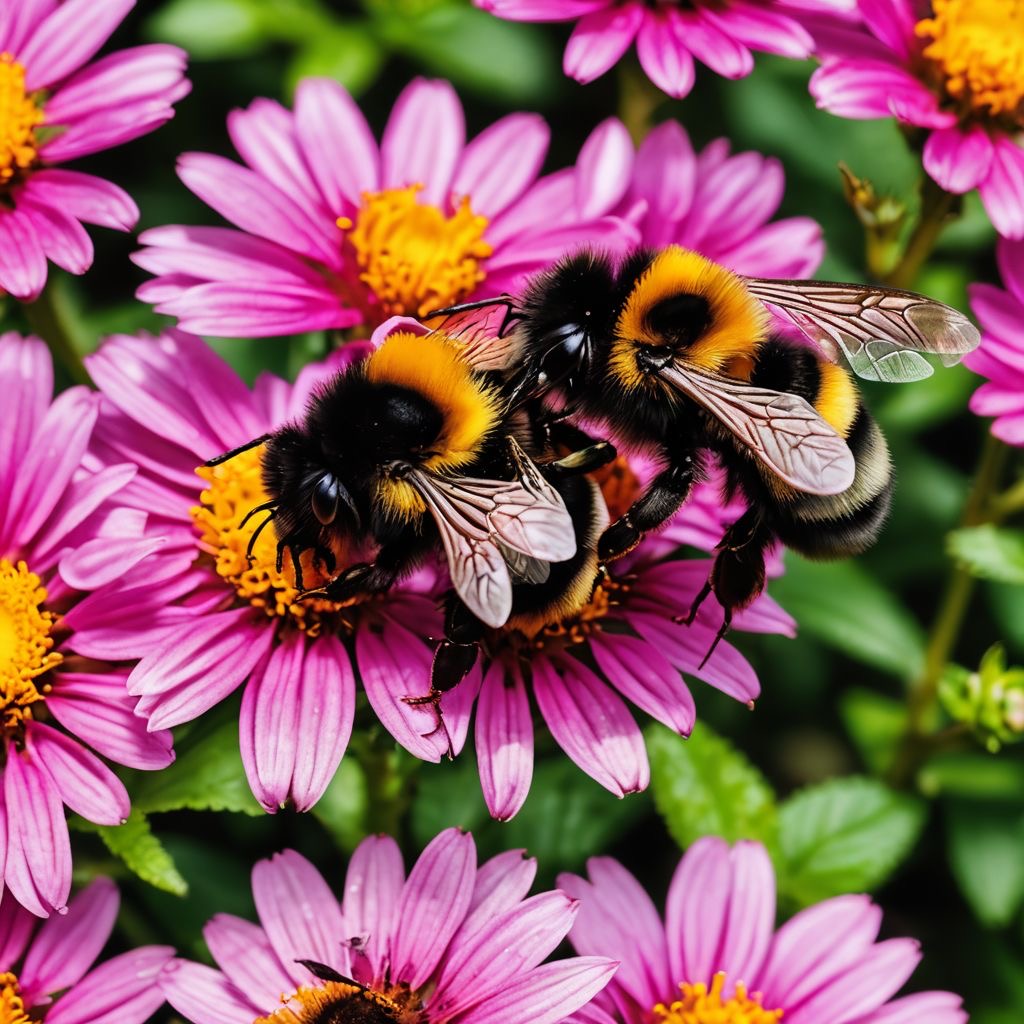
Plant Selection
1. Native Plants: Choose native flowering plants such as asters, milkweed, and goldenrods, which are crucial for attracting local bee species and butterflies. Native plants are adapted to the local climate and are typically more resilient.
2. Color Variety: Pollinators are drawn to bright colors. Plant a diversity of flower colors and shapes to appeal to bees, butterflies, and other beneficial species.
3. Continuous Bloom: Select plants that flower at different times throughout the growing season to provide a constant source of nectar and pollen. Aim for early bloomers, like crocus, through late-season flowers, like sedum or goldenrod.
Habitat and Nesting
1. Nesting Sites: Provide suitable nesting locations for solitary bees by leaving patches of bare ground or incorporating bee hotels made from hollow stems or bamboo.
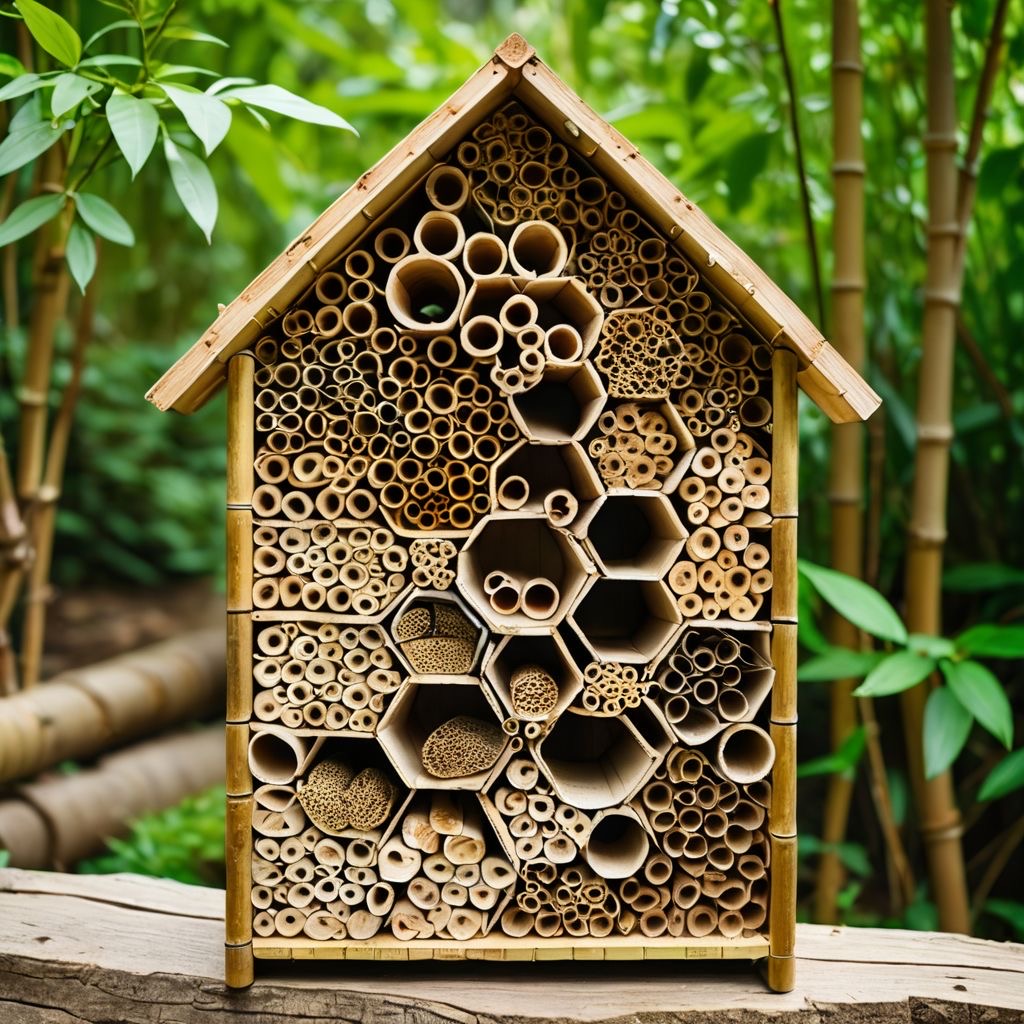
2. Avoid Pesticides: Minimize or eliminate the use of chemical pesticides in your garden. Instead, consider natural pest control methods that won’t harm pollinators.
3. Water Source: Install shallow water sources, such as birdbaths or small ponds, with stones or pebbles for pollinators to rest on while drinking.
Education and Community Engagement
1. Create Awareness: Educate others about the importance of pollinators and share your success. Consider participating in community gardening groups or initiatives for pollinator conservation.
2. Small Group Gardens: Join or create community gardens that focus on planting pollinator-friendly species. These collaborative efforts can enhance urban biodiversity.
By implementing these strategies, Winnipeg homeowners can create thriving gardens that not only provide beauty but also support essential pollinator populations.
7. What Are the Best Strategies for Dealing with Common Garden Pests and Diseases in Winnipeg Without Using Harsh Chemicals?
Especially in an urban environment, gardeners in Winnipeg often face challenges from pests and diseases. Here are practical, environmentally friendly strategies to manage these issues without relying on harsh chemicals:
Understanding Your Garden Environment
1. Encouraging Beneficial Insects: Planting flowers that attract beneficial insects, such as ladybugs or lacewings, can naturally help control pest populations.
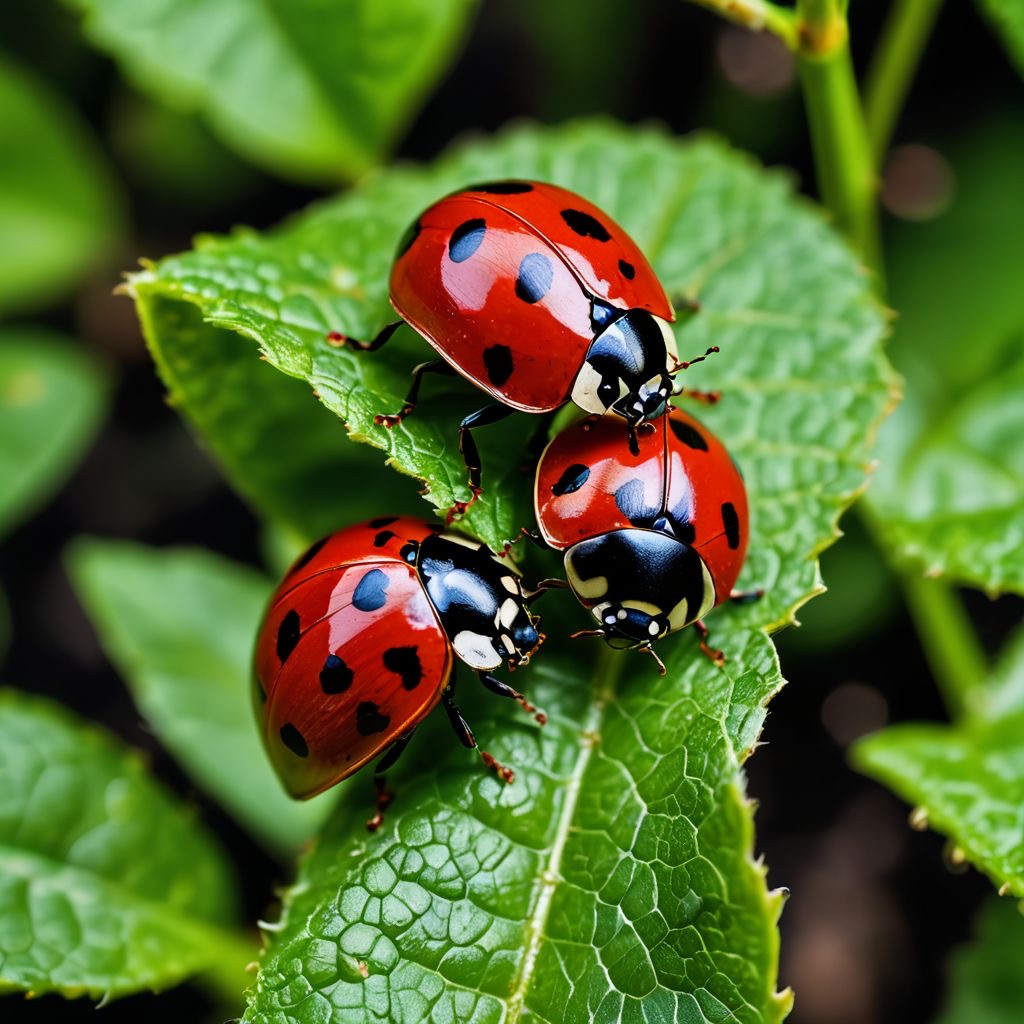
2. Crop Rotation: Rotating crops each season can help prevent soil-borne diseases and pests, as well as maintain soil health.
Prevention Techniques
1. Healthy Soil: Focus on building healthy soil as it is fundamental to plant resilience. Healthy plants are naturally better able to resist pests and diseases.
2. Companion Planting: Use companion planting techniques, such as planting marigolds among vegetables, to deter pests naturally.
3. Regular Monitoring: Regularly inspect your plants for signs of pest activity or disease. Early detection is key to effective management.
Natural Remedies
1. Diatomaceous Earth: This powdery substance can be sprinkled around plants to deter soft-bodied pests like slugs and aphids without harming beneficial insects.
2. Neem Oil: Derived from the neem tree, this organic pesticide can control a variety of pests while being safe for pollinators and the environment.
3. Homemade Sprays: Consider making natural sprays using soap or garlic. Homemade insecticidal soap can target soft-bodied insects while being safe for plants.
By employing these strategies, Winnipeg gardeners can navigate pest challenges effectively while prioritizing a healthy, organic approach to gardening.
8. How Can I Extend the Gardening Season in Winnipeg?
The relatively short Winnipeg-style growing season can challenge gardeners eager to cultivate a wider range of plants. However, various strategies can help elongate the gardening season, allowing for earlier planting and later harvesting.
Starting Indoors
1. Seed Starting: Start seeds indoors 6-8 weeks before the last frost date. Use grow lights or a sunny window to encourage healthy seedling development.
2. Heat Mats: Utilize heat mats to keep soil warm and promote faster germination for seeds.
Using Structures
1. Cold Frames: Building cold frames allows you to trap heat and create a warmer environment for seedlings or sensitive plants during colder nights.
2. Row Covers: These lightweight covers can protect plants from frost while still allowing sunlight and moisture to penetrate.
3. Hoop Houses: For more extended growing seasons, consider constructing a hoop house or greenhouse to provide a climate-controlled environment for your plants.
Crop Selection
1. Choose Early-Maturing Varieties: Opt for vegetable varieties that are known for maturing quickly, such as Early Girl tomatoes or bush beans, allowing you more time before the first fall frost.
2. Staggered Planting: For crops with a quick turnaround, like radishes or lettuce, practice succession planting to maximize yield throughout the season.
By employing these techniques, Winnipeg gardeners can maximize their growing season, allowing for a more diverse and fruitful garden.
9. What Are Some Good Vegetable Varieties That Are Well-Suited to Winnipeg's Climate and Short Growing Season?
With the unique climate conditions in Winnipeg, selecting vegetable varieties that thrive under these conditions becomes vital. Below are some recommended varieties that are well-suited for the region's shorter growing season:
Recommended Vegetable Varieties
1. Tomatoes: Opt for early maturing varieties like 'Early Girl' or 'Stupice,' which are known to yield fruit sooner.
2. Peppers: Select varieties like 'Lipstick' or 'King of the North' that are suitable for cooler climates and can produce effectively in shorter growing seasons.
3. Beans: Bush beans like 'Provider' or 'Contender,' which mature quickly, are excellent choices for Winnipeg gardens.
4. Lettuce: Fast-growing varieties such as 'Buttercrunch' or 'Little Gem' can be planted early in spring for quick harvests.
5. Radishes: Varieties like 'Cherry Belle' mature rapidly and can be harvested within four weeks from seeding.
General Tips for Vegetable Gardening
1. Starting Seeds Indoors: By starting seeds indoors, you can get a jump start on the growing season, allowing your vegetables to mature before colder weather sets in.
2. Succession Planting: Implementing succession planting can lead to continual harvests of crops like lettuce, radishes, and beans throughout the growing season.
By choosing the right varieties and employing smart gardening practices, Winnipeg homeowners can successfully grow a thriving vegetable garden tailored to their unique climate.
10. What Are the City of Winnipeg's Bylaws and Regulations Regarding Boulevard Landscaping and Maintenance?
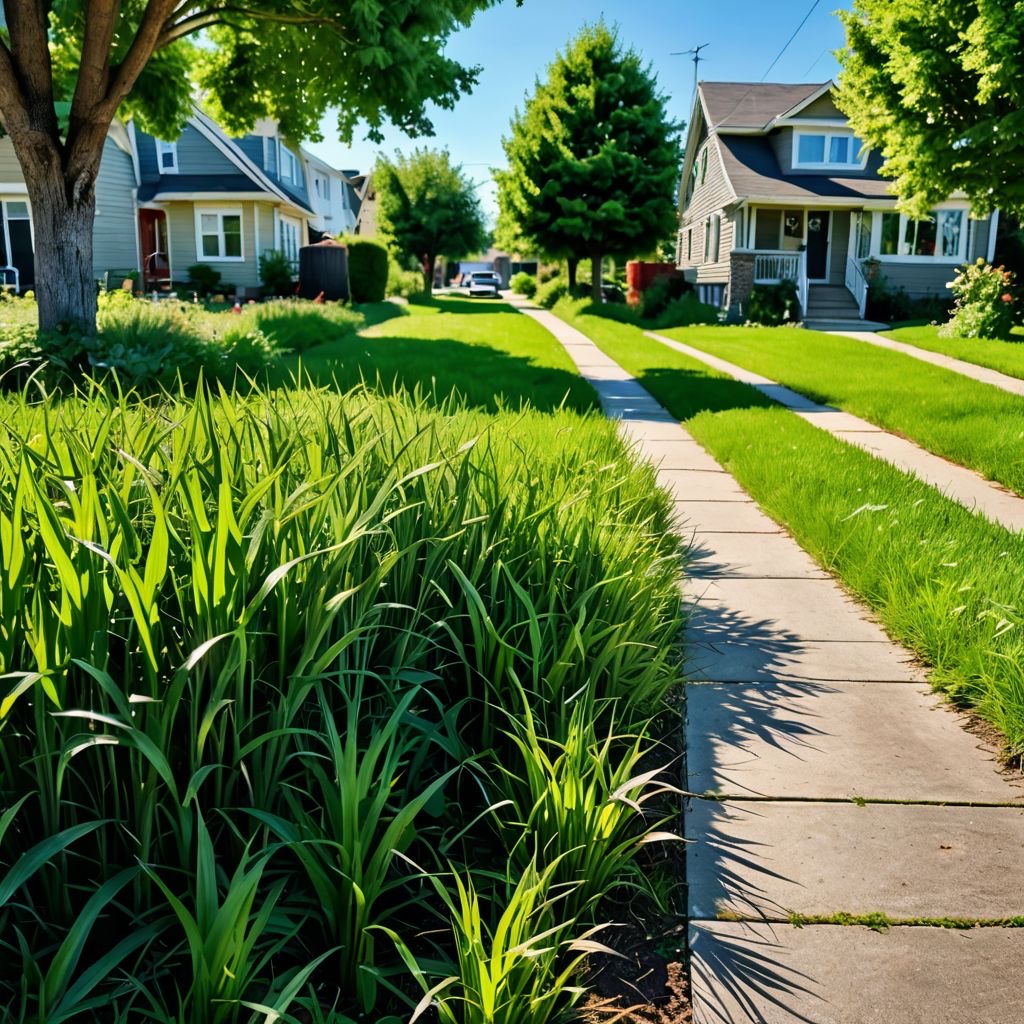
Boulevard areas—public lands adjacent to private properties—are often the responsibility of homeowners, and understanding the regulations governing them is crucial for Winnipeg residents. Here are key points homeowners should consider regarding boulevard landscaping:
Contact us today for your free estimate.
Maintenance and Responsibilities
1. Grass Height: The City of Winnipeg commonly has stipulations regarding grass height; typically, grass should not exceed 15 cm (6 inches).
2. Weed Control: Homeowners are responsible for controlling weeds in the boulevard area adjacent to their property. Keeping this area free from invasive and overgrown plants is crucial for community standards.
3. Planting Regulations: Before planting trees or shrubs on the boulevard, it’s wise to verify city regulations to ensure compliance with plant species and spacing requirements. Generally, non-invasive native plants are encouraged.
Additional Considerations
1. Sidewalk Accessibility: Ensure that any planting does not obstruct sidewalks or impede pedestrian traffic, as this can raise safety concerns and violate regulations.
2. Regular Cleanup: Boulevards should be kept tidy and free from debris. Regular maintenance contributes to the overall appearance of the neighborhood.
3. Municipal Resources: Homeowners should utilize municipal resources and connect with city programs that promote beautification initiatives or provide incentives for improving boulevards.
By being informed of these regulations and maintaining their boulevard areas, homeowners can help ensure their neighborhoods remain clean, safe, and visually appealing.
11. What Are Some Creative Small-Space Gardening Ideas Winnipeg Homeowners Can Put to Use in Landscape Design with Limited Yard Space?
Urbanization has led many Winnipeg homeowners to contend with smaller gardening spaces, necessitating innovative solutions that maximize limited room. Here are some creative small-space gardening ideas:
Container Gardening
1. Vertical Gardens: Consider vertical gardens or trellises to grow climbing plants such as peas or pole beans. This approach utilizes vertical space while adding visual interest.
2. Container Varieties: Use containers to grow a variety of vegetables, herbs, and flowers. Choose adequately sized pots that provide drainage and allow plants enough space to thrive.
Raised Beds
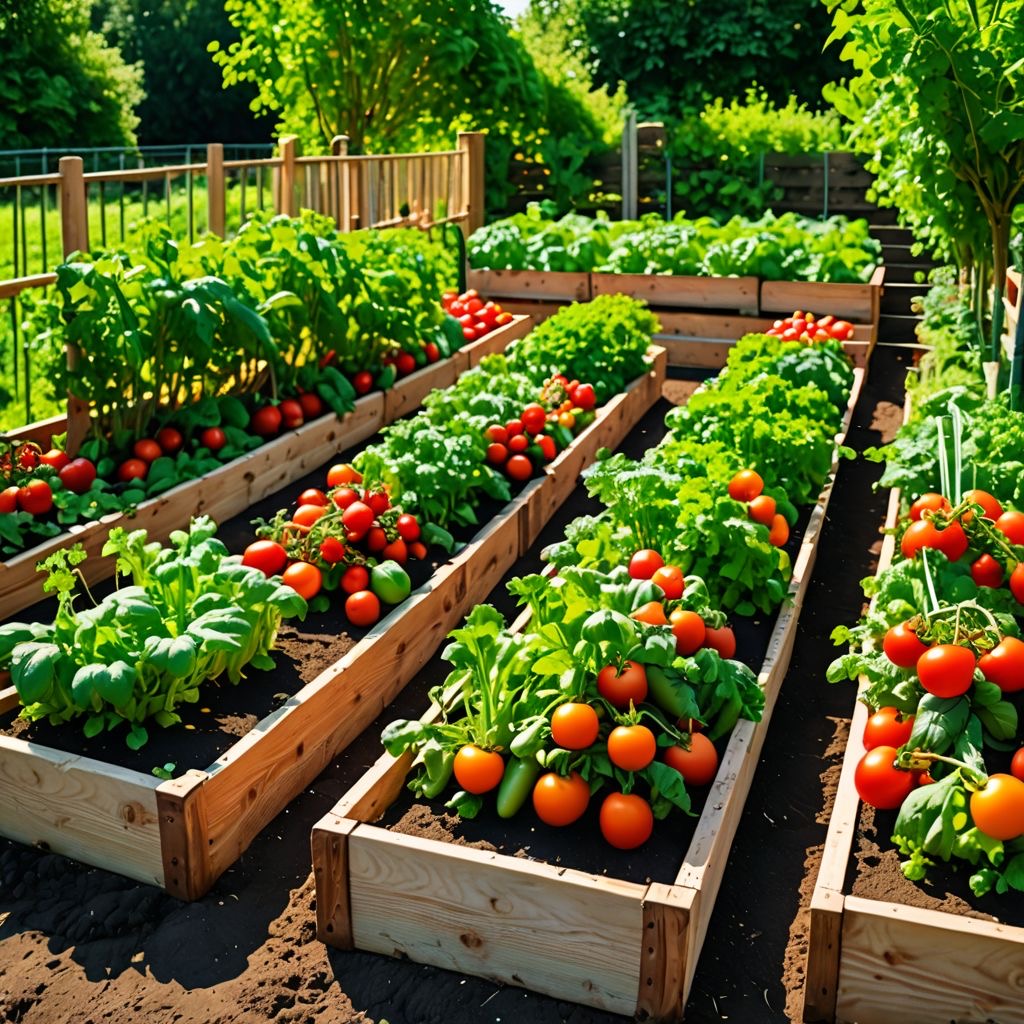
Contact us today for your free estimate.
1. Compact Raised Beds: Building raised beds can help maximize space even in small yards. Use reclaimed materials to create attractive and functional gardening platforms.
2. Multi-Functional Landscaping: Integrate seating areas with planters. Benches or tables can double as garden supports, allowing for more interactive garden spaces.
By utilizing these small-space gardening strategies, Winnipeg homeowners can cultivate vibrant gardens, even in modestly sized areas.
11. Conclusion:
In 2025, Winnipeg homeowners are facing an exciting landscape of gardening opportunities, marked by a commitment to sustainable practices and a desire for self-sufficiency in their outdoor spaces. This comprehensive guide has addressed ten critical questions that resonate within the city's gardening community, encompassing the challenges of cold-hardy planting, effective soil management, pest control, and the intricacies of municipal regulations.
From understanding the intricacies of Winnipeg’s climate to selecting the appropriate vegetable varieties and creatively maximizing limited space, homeowners now have access to practical strategies that can ensure successful gardening experiences. With a focus on low-maintenance options, drought resilience, and pollinator-friendly practices, the information provided fosters an environment of ecological responsibility and beauty.
Moreover, as gardening patterns evolve, so does the opportunity for community engagement. By connecting with local gardening groups, participating in neighborhood beautification initiatives, and fostering a shared love for gardening, Winnipeg residents can create vibrant, green spaces that enhance their surroundings and contribute positively to their neighborhoods.
As you embark on your gardening journey in Winnipeg, let this knowledge guide you toward fruitful endeavors, manageable challenges, and, ultimately, a flourishing garden that reflects your values and aspirations. Gardening is not just an act of cultivation; it is an expression of creativity, community, and appreciation for the natural world, bringing life to our homes and enhancing the overall quality of life.
Contact us today for your free estimate.
Don't miss out! Click here to subscribe today and get the latest blog posts delivered straight to your inbox.



